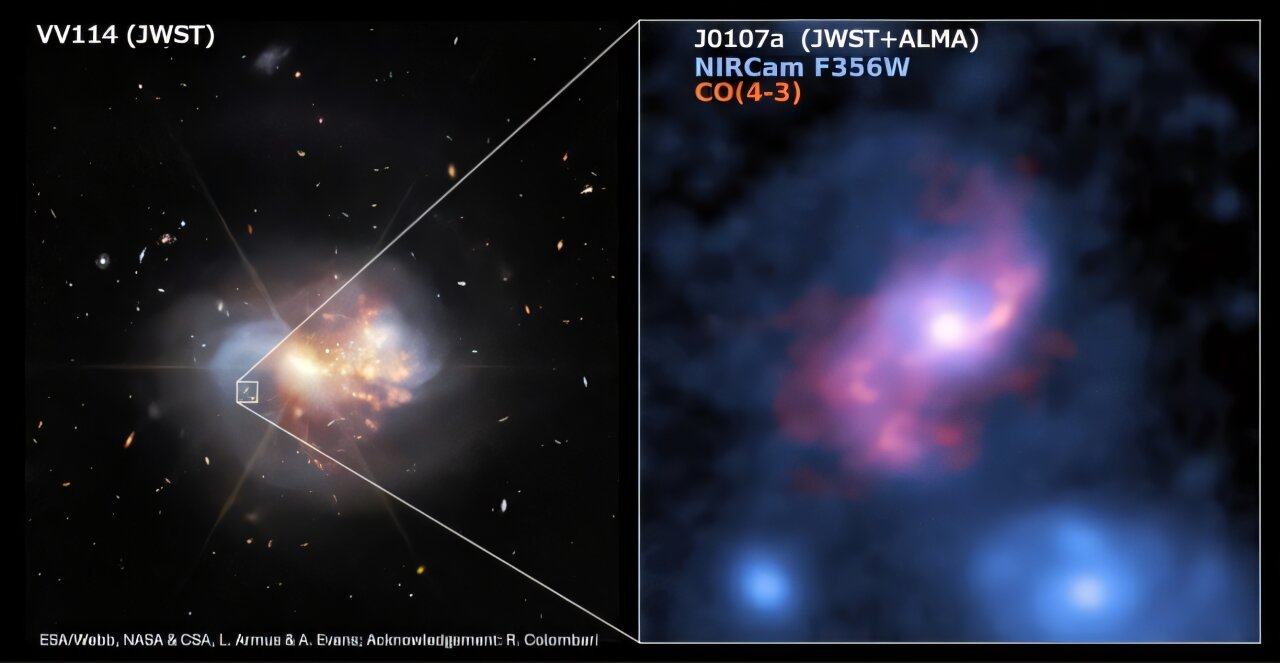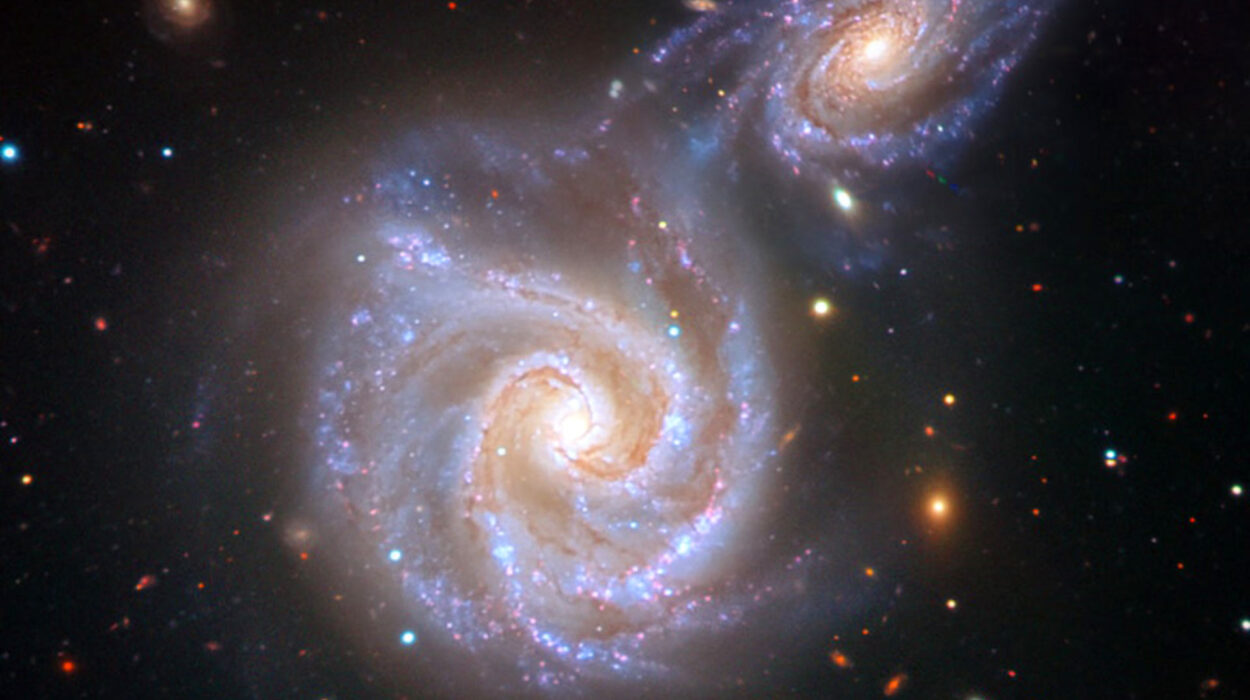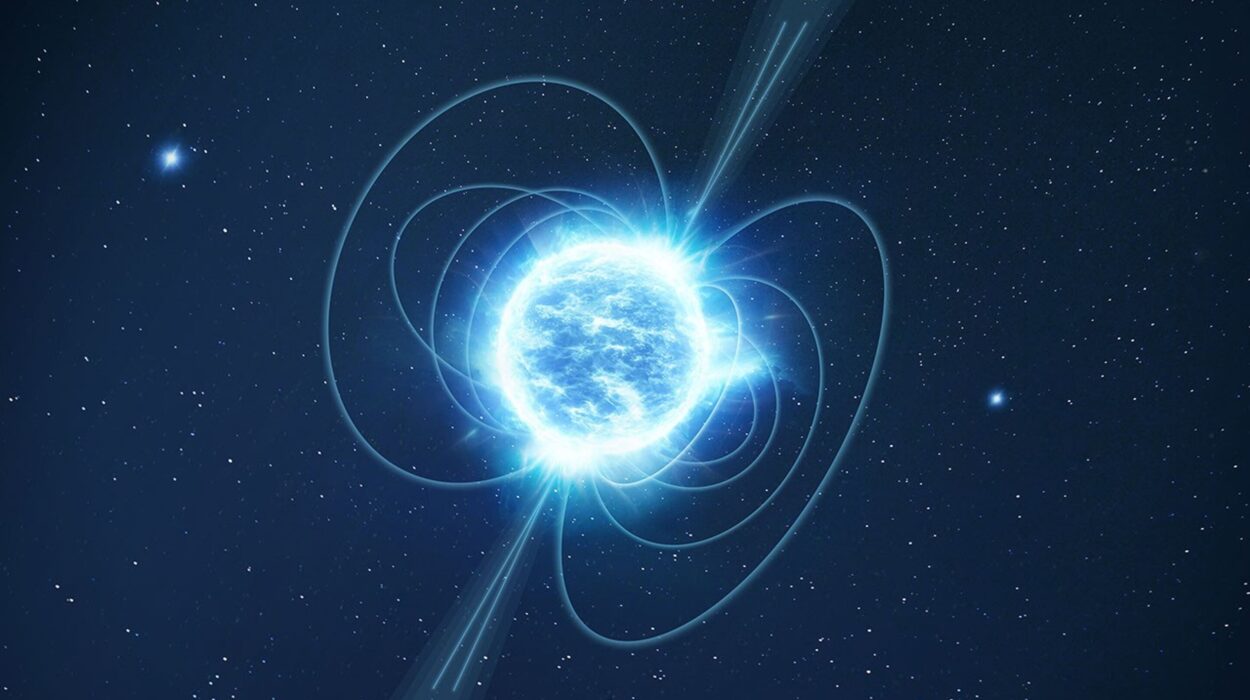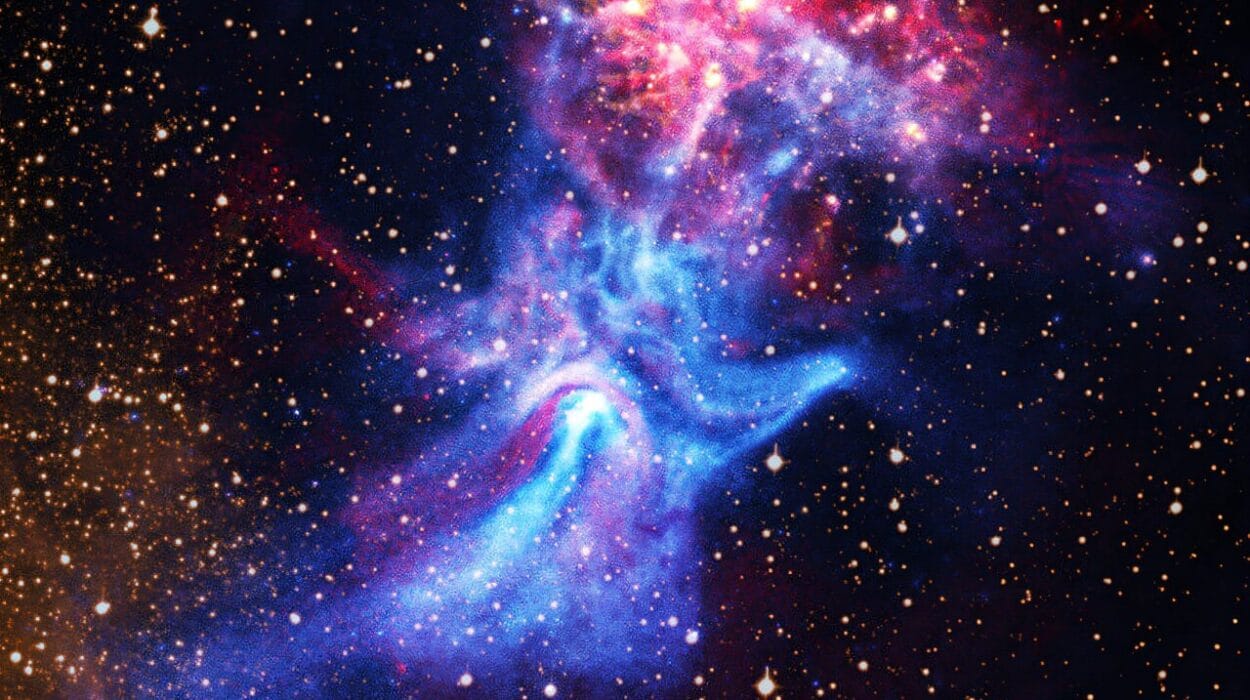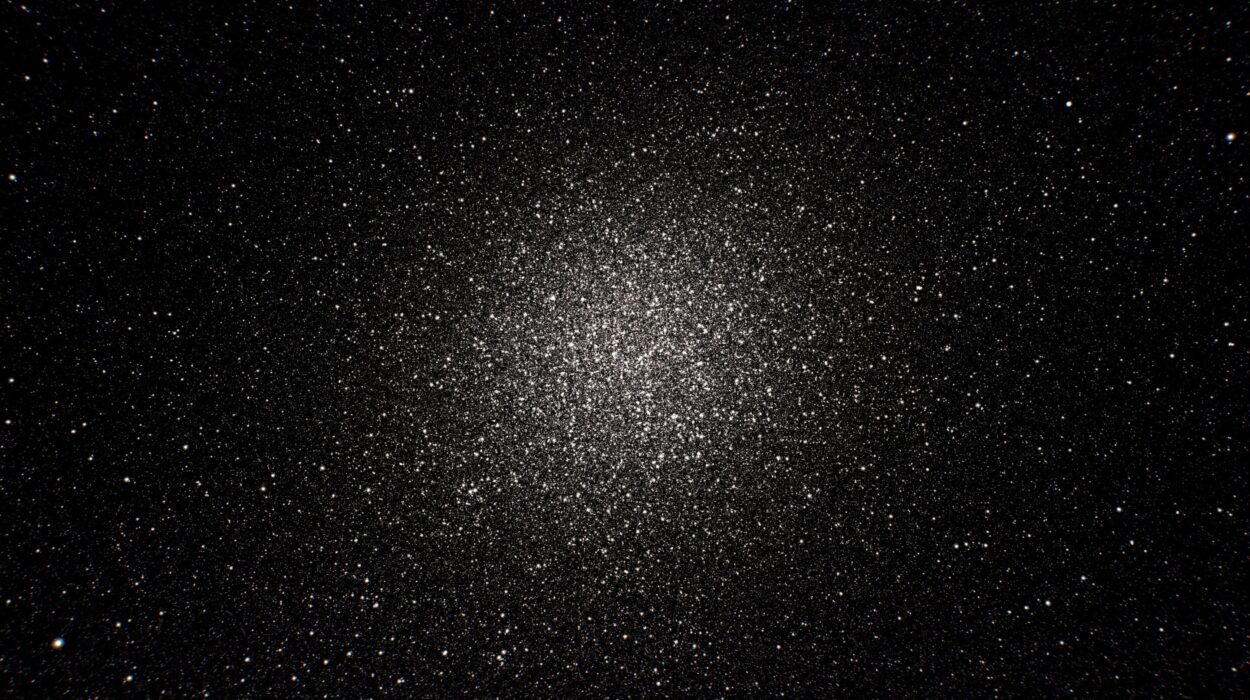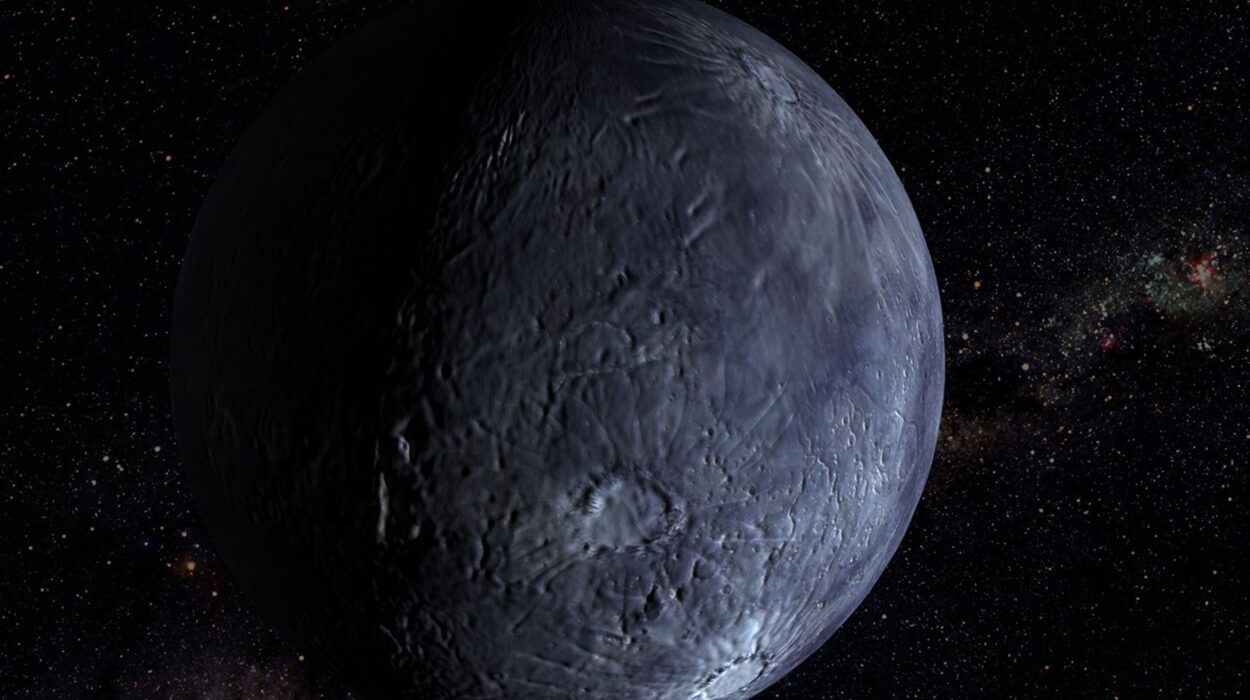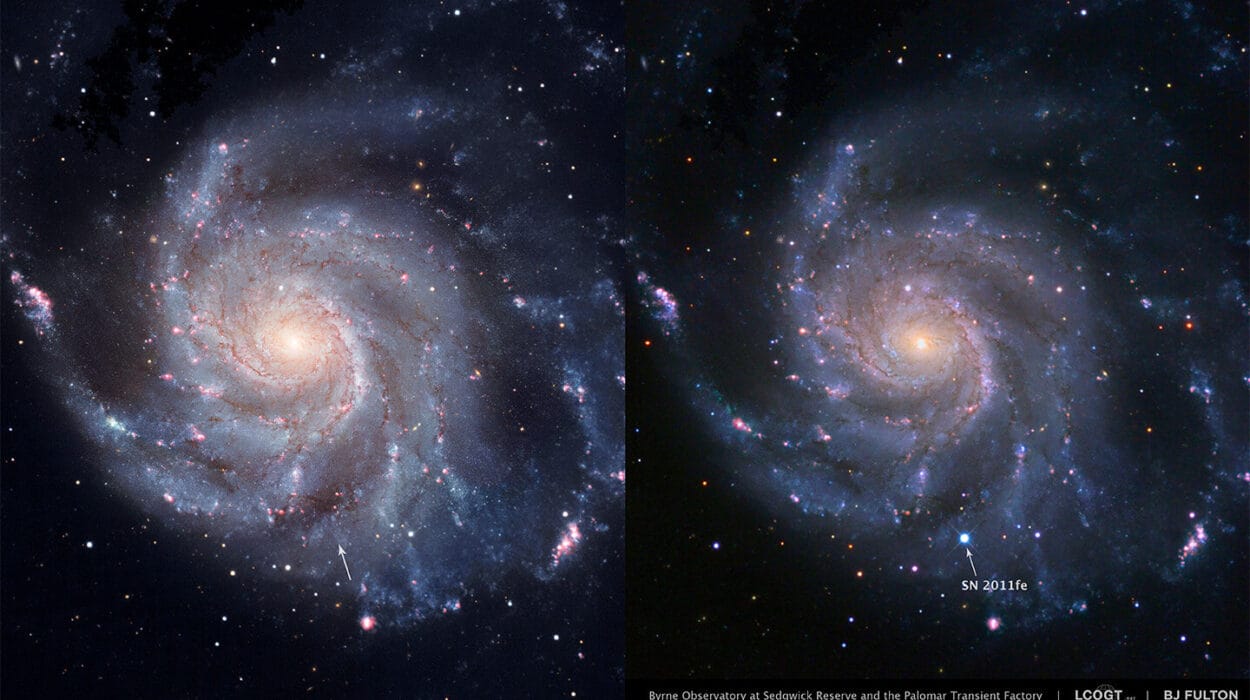In the vast cosmic wilderness, more than 11 billion years in the past, when the universe was still young and chaotic, a cosmic titan bloomed—massive, beautiful, and astonishingly ordered. It was a barred spiral galaxy named J0107a, a cosmic leviathan born just 2.6 billion years after the Big Bang. And unlike its ancient peers, which were typically deformed by collisions or cloaked in chaotic starbursts, J0107a bore a face that was eerily familiar: a stunning barred spiral, almost a mirror of our own Milky Way.
This galaxy was not supposed to exist—or at least, not in the form we now see it. It defied decades of theory. Its structure, behavior, and unrelenting hunger for star formation cracked open long-held assumptions about how galaxies form and evolve. It invited astronomers to ask: how could such an organized, spiral structure exist when the universe itself was still deep in its cosmic adolescence?
The discovery, led by astrophysicist Shuo Huang of the National Astronomical Observatory of Japan (NAOJ) and Nagoya University, employed the unmatched eyes of both the James Webb Space Telescope (JWST) and the Atacama Large Millimeter/submillimeter Array (ALMA) to capture this galactic anomaly. Their observations, published in Nature, offer an unprecedented view into the structural evolution of galaxies and may permanently rewrite how we understand the emergence of order from cosmic chaos.
Before J0107a: The Puzzle of Monster Galaxies
In the early universe, chaos reigned. The vast clouds of hydrogen and helium forged in the Big Bang were only beginning to collapse under gravity’s tug into the first stars and galaxies. This epoch, often referred to as the “Cosmic Noon,” was a time of frenzied creation. Galaxies called “monster galaxies” blazed with a ferocity unmatched in the modern cosmos—forming stars at rates hundreds of times greater than that of our own Milky Way today.
Yet, these monster galaxies were shrouded in mystery. They were distant, cloaked in dust, and veiled in time. Their violent starbursts were assumed to be the result of galactic smashups—mergers and collisions that funneled gas inward, triggering gravitational collapses and seeding vast stellar nurseries. The prevailing view was that these monsters were disordered beasts, doomed to burn bright and fast before collapsing into the red, dead ellipticals we see populating today’s galactic graveyards.
But something wasn’t quite adding up. As observations from new telescopes, especially in the infrared, began to peel away the dust, astronomers found that not all monster galaxies were messy. In fact, some looked startlingly ordinary. They had disk structures. They rotated smoothly. They weren’t always tearing themselves apart in violent collisions.
This revelation posed a fundamental question: How can a galaxy look so peaceful and spiral-shaped while hiding an inferno of star formation within?
The answer, it turns out, lay in J0107a.
A Serendipitous Glimpse Through Time
The galaxy J0107a wasn’t discovered during a grand cosmic survey. It was, like many of science’s most fascinating discoveries, an accident. While observing a nearby merging galaxy known as VV114 in 2014, researchers using telescopes in the infrared noted a strange, bright object further away in the background—faint, redshifted, and enigmatic.
Fast forward nearly a decade. In 2023, images of VV114 captured by the James Webb Space Telescope’s Near-Infrared Camera (NIRCam) were released. Those high-resolution, dust-penetrating eyes allowed astronomers to peer deeper and clearer into the universe than ever before—and they saw something extraordinary. That odd background object was J0107a, and it was not just another monster galaxy. It had mass—more than ten times that of the Milky Way—and was forming stars at a breakneck speed, approximately 300 times faster than our home galaxy.
But more shocking was its shape. This wasn’t an elliptical. It wasn’t amorphous or obviously colliding. J0107a had a nearly perfect barred spiral structure, complete with sweeping arms and a central bar. It looked more like a serene adult than a galactic teenager.
It was the most massive, most clearly defined barred spiral galaxy ever seen from that early era of the universe.
Bars in the Early Universe: An Unpredicted Symmetry
Barred spiral galaxies, like our Milky Way, contain a straight bar-shaped structure of stars and gas slicing through their centers. This bar acts like a gravitational engine, channeling material inward and often catalyzing star formation near the galactic core.
In the modern universe, such bars are common. Nearly two-thirds of all spiral galaxies have one. But their formation is thought to be gradual. Simulations and observations suggest they emerge billions of years after a galaxy settles into a disk structure. The early universe was believed to be too turbulent for bars to stabilize—gas densities were too high, and interactions too frequent. A stable bar should have taken longer to form.
J0107a upended that assumption.
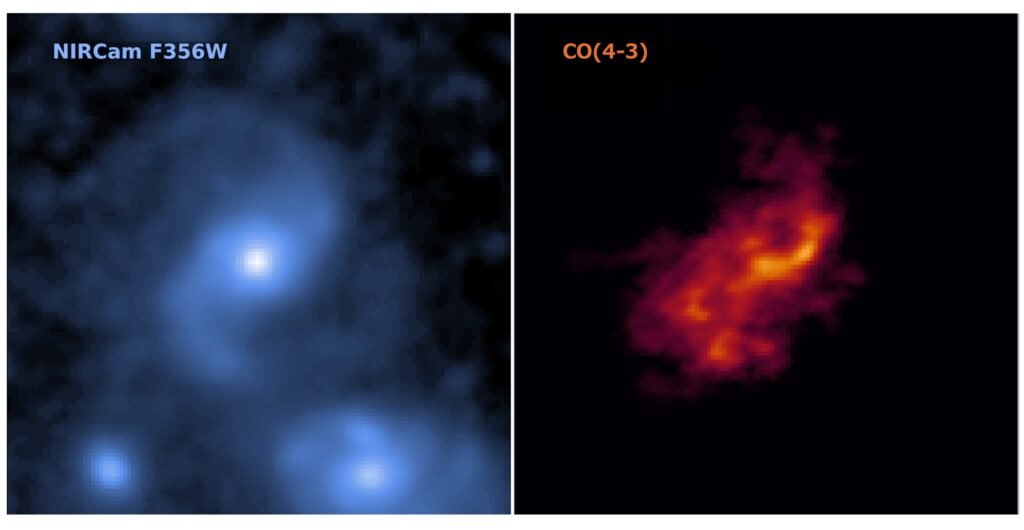
Through spectroscopic observations using ALMA, Huang’s team detected carbon monoxide and neutral carbon emission lines—gas tracers that revealed not only the galaxy’s shape, but how its gas was moving. They found that J0107a’s bar structure was not only present—it was massive, stable, and actively driving gas toward the galactic center at breathtaking speeds.
In modern galaxies, the bar typically contains less than 10% of the galaxy’s gas. In J0107a, that figure was closer to 50%. This wasn’t just a decorative feature—it was a galactic superhighway of raw material, fueling a central starburst that lit up the heart of the galaxy.
Moreover, the gas within the bar was moving at hundreds of kilometers per second, and the entire structure extended 20,000 light-years from the center—about the same distance as our Sun is from the center of the Milky Way.
This bar was not a relic of collision. There were no signs of galactic mergers. Instead, it appeared that the bar structure itself was responsible for the intense, ongoing star formation—marking the first direct evidence of such a process in the early universe.
A Galactic Goliath, Forged by the Cosmic Web
So if not a collision, what gave birth to such a monster?
The answer may lie in something even more colossal: the cosmic web.
As Huang and his colleagues noted, J0107a appears to be embedded in a vast rotating disk of gas measuring about 120,000 light-years across—twice the diameter of the visible, starlit part of the galaxy. The motion of this gas disk closely follows the galaxy’s own rotation, suggesting that it wasn’t acquired through violent merger events. Instead, it appears to have been fed directly by inflows from the cosmic web—the enormous filaments of gas and dark matter that connect galaxies across the universe.
This gas, spiraling gently inward over millions of years, could provide the fuel needed to grow both the stellar disk and the bar structure. Over time, the central bar may have naturally emerged from gravitational instabilities in the dense, rotating disk, organizing the inflow into powerful channels of star formation.
This picture—the idea that monster galaxies can form from smooth, cosmic-scale accretion rather than violent collisions—represents a radical shift in our understanding of how galaxies evolve.
“This is a new picture of a monster galaxy,” Huang says. “A disk galaxy formed from a cosmic-scale gas flow, followed by the emergence of a bar structure, leading to rapid galactic-scale gas flows and bursts of star formation.”
Rethinking Galaxy Evolution, One Monster at a Time
The implications of J0107a extend far beyond a single galaxy. They challenge the fundamental timelines used in current models of galactic evolution.
Until now, simulations often assumed that large galaxies in the early universe were chaotic, short-lived, and destined to become elliptical galaxies. Their starbursts were attributed to collisions, not internal structure. But J0107a—and other similarly structured galaxies recently revealed by JWST—suggests that spiral galaxies with organized structures were already forming just 2–3 billion years after the Big Bang.
This means that the processes that stabilize galaxies, form bars, and channel gas to form stars may have been in place much earlier than anticipated. It also opens the possibility that some present-day spiral galaxies—like the Milky Way—might have monstrous ancestors that survived the early cosmic maelstrom without succumbing to mergers.
Moreover, this discovery offers a unique lens into how bar structures evolve. By observing a bar in its earliest form, we can begin to reconstruct the lifecycle of these features—how they ignite starbursts, how they shape galactic dynamics, and how they might ultimately fade or transform as galaxies age.
The Frontier of Observation
Despite its stunning revelations, J0107a is still shrouded in mysteries. Spectroscopic data, even from JWST, is challenging to obtain for such distant, dust-obscured targets. That’s why ALMA’s millimeter-wave observations were critical in detecting molecular gas and understanding its movement.
Going forward, Huang’s team plans to use ALMA and other observatories to search for more galaxies like J0107a, to confirm whether its structure is rare or part of a broader, overlooked population of early spiral galaxies. They aim to probe deeper into the mechanics of bar formation and understand how such immense structures maintain stability in a turbulent young universe.
A New Cosmic Archetype
With J0107a, we are witnessing a living fossil—a snapshot of a galaxy in the midst of a remarkable transformation, blazing with youth and yet composed with the elegance of age. It forces us to reconcile two contradictory images: the early universe as a place of chaos and rapid change, and the barred spiral as a symbol of order and maturity.
This discovery reaffirms the power of next-generation observatories. JWST’s infrared precision, paired with ALMA’s ability to read the fingerprints of interstellar molecules, is illuminating the early universe in ways that were unimaginable just a decade ago.
More than that, it reveals something deeply poetic: even in the infancy of the cosmos, there were places of order. Galaxies like J0107a remind us that structure can arise from turbulence, and beauty can emerge even in the most violent epochs of time.
Reference: Shuo Huang et al, Large gas inflow driven by a matured galactic bar in the early Universe, Nature (2025). DOI: 10.1038/s41586-025-08914-2
